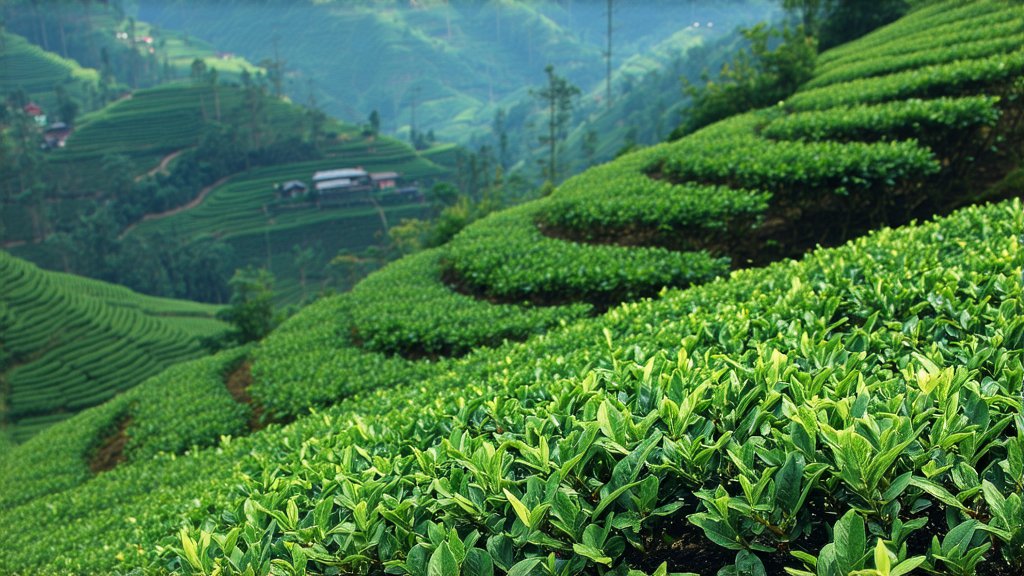
In the vast and diverse landscape of Chinese tea culture, few varieties capture the essence of elegance and simplicity as profoundly as Fujian Silver Needle (Baihao Yinzhen) tea. Hailing from the mountainous regions of Fujian province, this exquisite white tea has garnered admiration both domestically and internationally for its delicate flavor profile, minimalist processing methods, and numerous health benefits. As we embark on a journey through the history, varieties, production process, and art of appreciating Fujian Silver Needle tea, prepare to be transported into a world where tradition meets tranquility.
A Glimpse into History
The origins of Fujian Silver Needle tea can be traced back to the early Qing Dynasty (1644-1912), with its name literally translating to "White Hair Silver Needle." This tea was initially created as a tribute tea exclusively for the imperial court, symbolizing purity and refinement. Over centuries, it evolved from a royal delicacy to a cherished beverage among tea connoisseurs worldwide. Its enduring popularity is a testament to its unique character and the meticulous care taken in its cultivation and preparation.
Varieties of Fujian Silver Needle
Fujian Silver Needle belongs to the broader category of white teas, which are characterized by their minimal processing and natural drying methods. Within this category, there are subtle variations based on the specific region within Fujian province where the tea is grown, such as Zhenghe and Fuding. Each sub-region imparts distinct nuances to the tea, influenced by factors like soil composition, altitude, and climate. However, all genuine Fujian Silver Needle teas share a common trait: the use of young, unopened tea buds covered in fine white downy hairs, resembling silver needles—hence the name.
The Art of Crafting Fujian Silver Needle
The production of Fujian Silver Needle tea is an art form that emphasizes simplicity and precision. Unlike other teas that undergo extensive rolling and oxidation, white teas like Fujian Silver Needle undergo minimal processing to preserve their natural qualities. Here’s a glimpse into the traditional steps involved:
-
Plucking: Only the youngest shoots and buds, typically the top two leaves and a bud, are hand-picked during the early spring season when they are most tender and rich in nutrients.
-
Withering: The freshly plucked leaves are spread out thinly on bamboo mats or trays and left to wither under gentle sunlight or in well-ventilated rooms. This process allows moisture to evaporate slowly, softening the leaves and enhancing their aroma.
-
Drying: After withering, the leaves undergo a final drying phase, either through sun drying or low-temperature oven drying. This step further reduces moisture content while fixing the tea's flavor and aroma.
-
Sorting and Packaging: Once dried, the tea is carefully sorted to remove any imperfect leaves or stems. It is then packaged in airtight containers to maintain freshness.
The Subtle Symphony of Flavors
Fujian Silver Needle tea is celebrated for its light, delicate flavor profile that embodies the very essence of spring. When brewed, it offers a symphony of flavors ranging from sweet and floral to slightly vegetal and mineral. The initial sip reveals a gentle sweetness akin to honey or melon, followed by a subtle hint of chestnut or quince. Its aftertaste is clean, crisp, and lingering, leaving a refreshing sensation on the palate.
The Ritual of Tea Tasting
To truly appreciate the intricacies of Fujian Silver Needle tea, one must engage in the traditional Chinese tea ceremony—Gongfu Cha. This ritualistic practice not only enhances the tasting experience but also fosters mindfulness and appreciation for the present moment. Here’s a basic guide to conducting a Gongfu Cha session with Fujian Silver Needle:
-
Preparation: Begin by selecting a suitable Gaiwan (a traditional Chinese teapot) and cups. Warm them with hot water to elevate the tea's aroma.
-
Measurement: Use approximately 5 grams of Fujian Silver Needle per 150ml of Gaiwan. Adjust according to personal preference.
-
Infusion: Boil water to around 80-85°C (175-185°F) and let it cool slightly before pouring over the茶叶leaves. Steep for about 1-2 minutes for the first infusion.
-
Pouring and Savoring: Decant the brewed tea into cups, ensuring each receives an equal share. Take a moment to admire the tea's color, a pale gold hue reminiscent of sunlight filtering through morning mist. Inhale deeply to capture the aroma before taking your first sip.
-
Multiple Infusions: Fujian Silver Needle tea is known for its resilience, allowing for multiple infusions. Gradually increase steeping time for subsequent brews to explore different layers of flavor.
Health Benefits Beyond Taste
Beyond its enchanting taste and aroma, Fujian Silver Needle tea boasts a myriad of health benefits. Rich in antioxidants, catechins, and polyphenols, it helps combat free radicals, promotes cardiovascular health, and supports immune function. Additionally, its low caffeine content makes it a gentle stimulant suitable for consumption at any time of day without causing jitteriness.
Conclusion
Fujian Silver Needle tea stands as a testament to the artistry and wisdom embedded within China's ancient tea traditions. From its storied past as an imperial delicacy to its current status as a global symbol of wellness and sophistication, this white tea continues to captivate hearts and minds alike. By delving into its history, exploring its varieties, savoring its flavors through mindful tasting rituals, we gain a deeper understanding of not just a beverage but a cultural heritage that transcends time and borders. So, next time you crave a moment of peace amidst life's hustle, consider brewing a pot of Fujian Silver Needle tea and letting its timeless elegance wash over you.